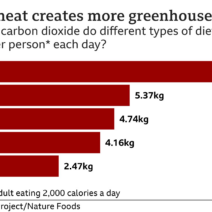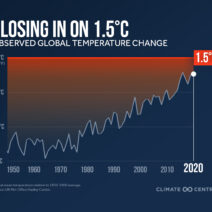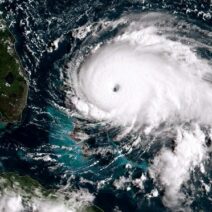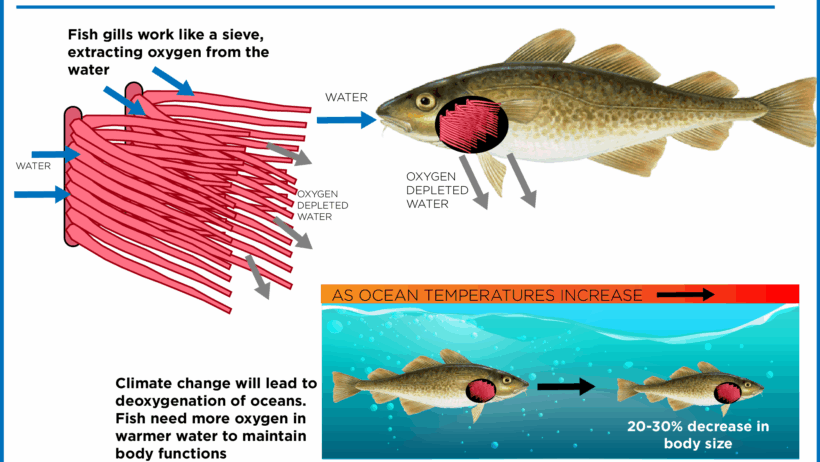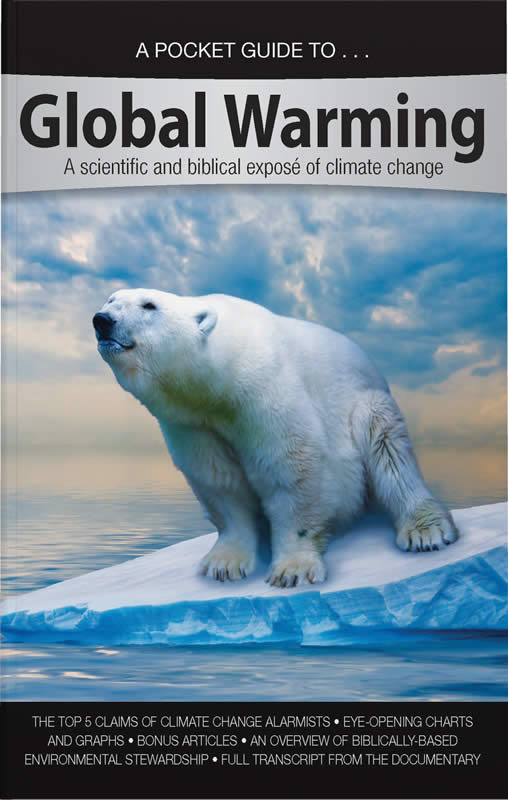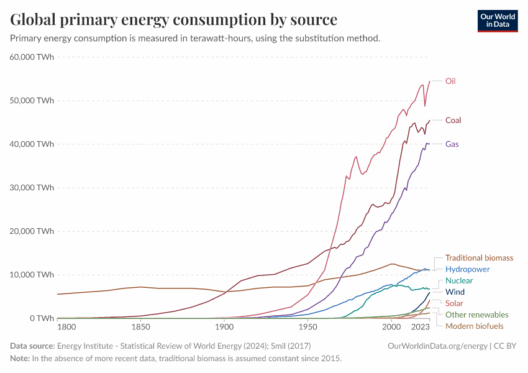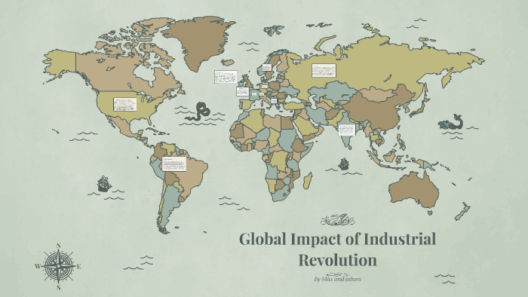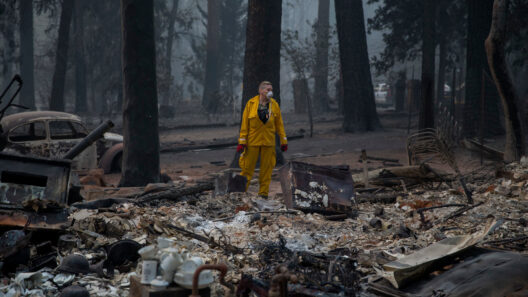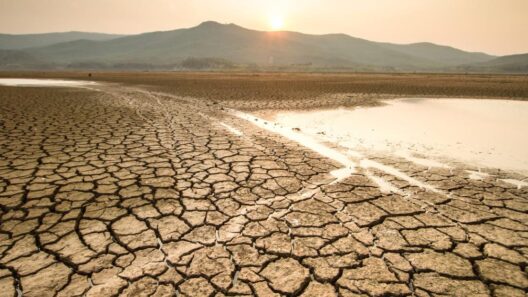As the world’s thermostat gradually ascends, the oceans—our planet’s cooling ventilation system—are transforming into a cauldron of perilous temperatures. This phenomenon is wrought by the amplifying effects of global warming, which catalyze a cascade of repercussions for marine life and the fishing industries that rely on healthy, vibrant ecosystems. The narrative of fish in hot water is not merely a metaphor; it encapsulates the existential crisis faced by aquatic species and the communities tethered to these increasingly precarious resources.
Climate change introduces a plethora of stressors on marine ecosystems. As the planet warms, sea temperatures surge beyond their natural bounds. Fish, akin to canaries in a coal mine, exhibit profound sensitivity to these thermal fluctuations. Elevated water temperatures can lead to diminishing oxygen levels, akin to suffocating a living organism; fish gasping for air become a tragic emblem of the ongoing environmental crisis. When marine temperatures rise, species often exhibit behavioral shifts in search of cooler habitats, thereby altering their migratory patterns. This disruption not only jeopardizes individual species but also disturbs the intricate tapestry of marine biodiversity.
The Gulf Stream, an influential warm ocean current, plays a crucial role in regulating climate and supporting diverse marine ecosystems. As global temperatures escalate, the Gulf Stream faces potential disruptions, leaving a ripple effect across marine life. Warmer waters may push fish stocks toward higher latitudes, where cooler conditions persist. Consequently, the traditional fishing grounds of numerous coastal communities risk depletion, straining both local economies and food security. The unique allure of enjoying freshly caught fish may fade into a distant memory as stock abundances fluctuate, leaving fishermen grappling with uncertainty.
Transformations in marine biodiversity under the influence of global warming evoke a perplexing paradox; as some fish species may thrive in warmer waters, others are pushed perilously close to extinction. The predatory balance within ecosystems shifts as species migrate, collide, and compete for dwindling resources. For instance, tuna, a highly sought-after species, could adapt relatively well to rising temperatures, potentially encroaching upon ranges traditionally reserved for other fish. As competition escalates, the ecological equilibrium disintegrates, demonstrating that not all fish in this hot water are swimming to safety.
Global warming’s inexorable impact extends far beyond the confines of biological metrics. It interweaves itself into the very fabric of human existence by influencing fishing industries. The economic viability of fishing, inherently tied to fish populations, faces an uncertain fate. Fishermen rely on reliable patterns, their livelihoods hinging on predictable catches year after year. Yet, with climate-induced changes altering patterns of abundance and behavior, uncertainty becomes the new norm. Fishing quotas, often adjusted obsessively in response to ecological shifts, find themselves in a Sisyphean struggle against the relentless tide of environmental change.
The repercussions radiate throughout the supply chain. As fish become scarcer in traditional fishing zones, prices inevitably ascend. Consumers, from local restaurants to global seafood markets, face rising costs and dwindling choices. The unique appeal of seafood, once synonymous with health and sustainability, is increasingly stained by concerns of overfishing, illegitimate practices, and a rapidly shifting climate. Connoisseurs of marine delicacies may find themselves reminiscing about yesterday’s bounty while grappling with the implications of today’s choices.
In the somber dance between fish and climate, it is vital to consider the implications of ocean acidification—a complementary consequence of rising carbon dioxide levels. The absorption of excess CO2 by the oceans transforms their chemistry, resulting in elevated acidity. This shift poses a hazard to marine organisms, particularly calcifying species like shellfish and corals. Fragile ecosystems reliant on these foundations begin to crumble, leading to an existential crisis that highlights the need for immediate action.
Adaptation strategies must be crafted with the urgency and intricacy demanded by this multifaceted crisis. Sustainable fishing practices emerge as paramount in ensuring the longevity of favored species and ecosystems alike. Methods such as catch-and-release, rotational fishing areas, and habitat restoration serve not merely as stopgap measures but as integral components of a holistic strategy to combat the adverse effects of global warming. Governments and organizations must collaborate in establishing policies that echo the rhythms of nature—not just for the benefit of fish and fishermen, but for the health of our oceans themselves.
Moreover, the cultivation of marine reserves emerges as a poignant solution. Establishing areas where fishing is prohibited or limited fosters the replenishment of fish populations, cultivating a sanctuary amid the tumult. These protected habitats not only provide refuge for distressed species but also regenerate the balance of ecosystems. Ultimately, they embody hope—hope that the oceans can recover, that biodiversity can flourish, and that fishing communities can thrive anew.
As stewards of our planet, we wield the capacity to shape a narrative defined not by demise but by resilience. The implications of global warming on fish populations and fishing industries present a clarion call for collective action. From individual lifestyle choices to global policy reforms, each step forward represents another stroke in the canvas of conservation. With determination and foresight, the narrative of fish in hot water can evolve from a tale of peril to one of perseverance, ensuring that future generations inherit an ocean teeming with life, diversity, and opportunity.
